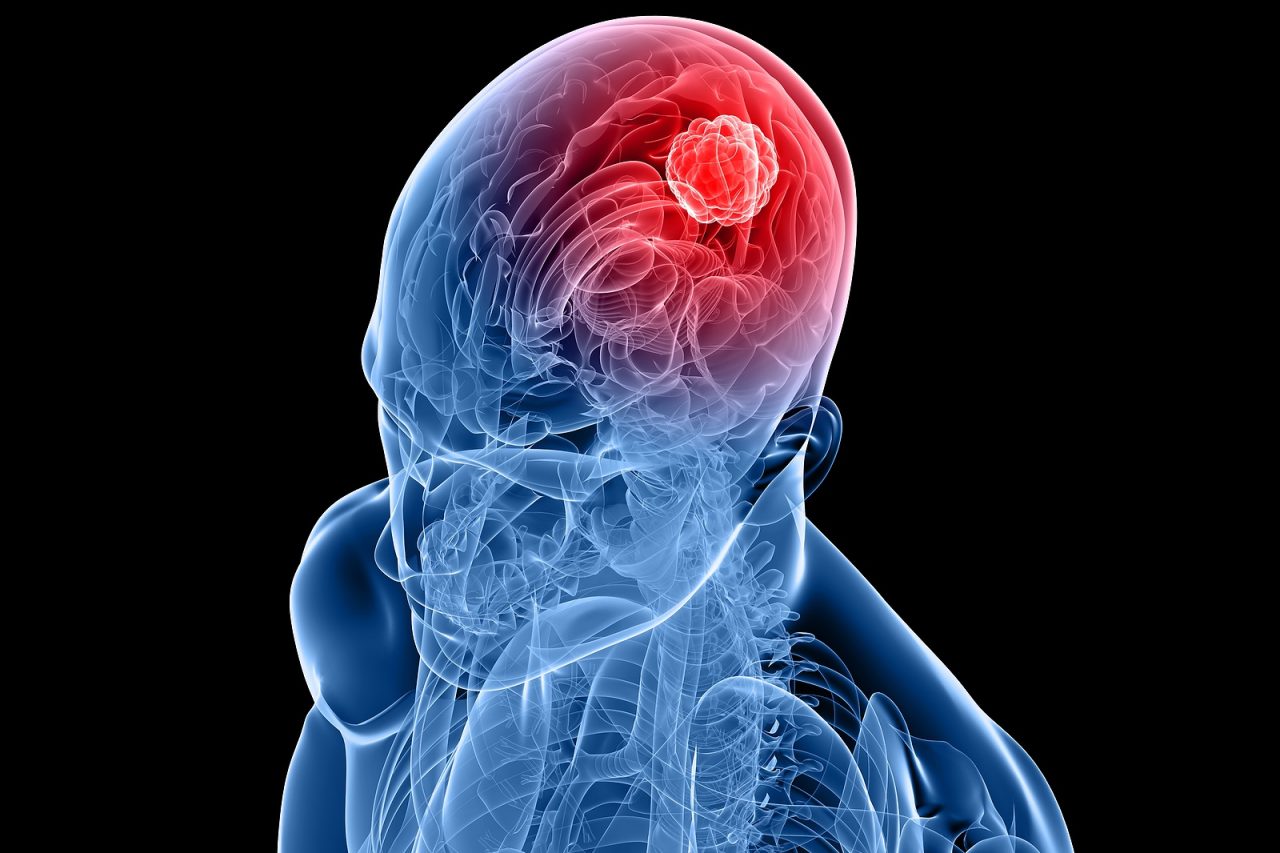Cancer is the disease of uncontrolled growth. Growth switches that should be off are turned on. Regulating genes in our cells malfunction, and malignant cell division occurs. Known as molecular biology, future cancer prevention and treatment will focus on these events. The recent discovery of MicroRNA is an electrifying breakthrough in understanding this disease.
The classic description of cell growth and division has three parts. First, there are the genes in our DNA. These hold instructions for growth and function. DNA directs the production of RNA. RNA is a photocopy of the instructions in the DNA. The RNA carries the instructions out of the cell’s center, or nucleus. RNA then directs the production of protein. Protein is the building block for all critical body structures.
Cancer occurs when genes in our DNA are damaged. This can occur because errors are inherited, or because some substance damages a gene or just because genes wear out. Malfunctioning genes give the command to divide. Unneeded RNA is formed and it gives the signal to manufacture unneeded protein. This results in unneeded cells that grow, divide and invade. This is cancer.
MicroRNA (miRNA) is a change in these basic ideas of biology. Up to now we believed RNA was only a list of instructions, carried from the DNA, leading to protein production. However, miRNA (so called because it is very small) does not manufacture proteins. Instead, it destroys, blocks and changes normal RNA. MiRNA is a part of all healthy cells and knowing that it exists changes how we understand growth.
MiRNA is a copy of a tiny part of the end of regular RNA. As RNA leaves DNA and moves out of the cell nucleus, miRNA sticks to one end of the RNA. For the RNA this is like suddenly putting on a 1000-pound shoe. The RNA may simply fall apart. The RNA may be blocked. In some circumstances, the RNA may even be stimulated. The important point is that the RNA will not make the same amount of protein. The miRNA changes the RNA’s function.
Consider how this might affect a cell. Think of this as a way to control growth. The cell can block the production of unneeded protein or make certain only a small amount is created. At critical times, by having less miRNA, a cell can increase needed proteins. In extreme times, when a cell is sick or malfunctioning (and might become a cancer) a cell can commit suicide by blocking critical proteins. This is apoptosis or programmed cell death.
Now consider how malfunctions in miRNA might lead to cancer. If miRNA is not doing its job, an unneeded growth protein will be produced. If malfunctioning miRNA blocked a protein designed to stop growth, the cell would begin to divide. If miRNA damage did not allow a cell to stop dividing or fail to commit needed suicide, a cancer would occur.
This new concept opens up a different understanding of the cellular causes of cancer. Studying gene damage in DNA is not enough. Now we must look at events that might decrease or increase miRNA. This sophistication in understanding malignancy will help answer questions about why cancer seems to occur in an often-random way.
Just as critically, miRNA offer an exciting approach to cancer therapy. We will develop treatments that block dangerous miRNAs or add missing miRNA to cells. Vital proteins can be increased or the production of cancerous proteins stopped. Specific treatments aimed at the specific cause of the disease. We will command cancers to commit suicide.
Cancer is a complex illness involving a spider’s web of malfunctioning genes and control systems. Much remains to be discovered. However, the pace of research and our understanding of the disease offer hope for near future treatment and cures.







Comment